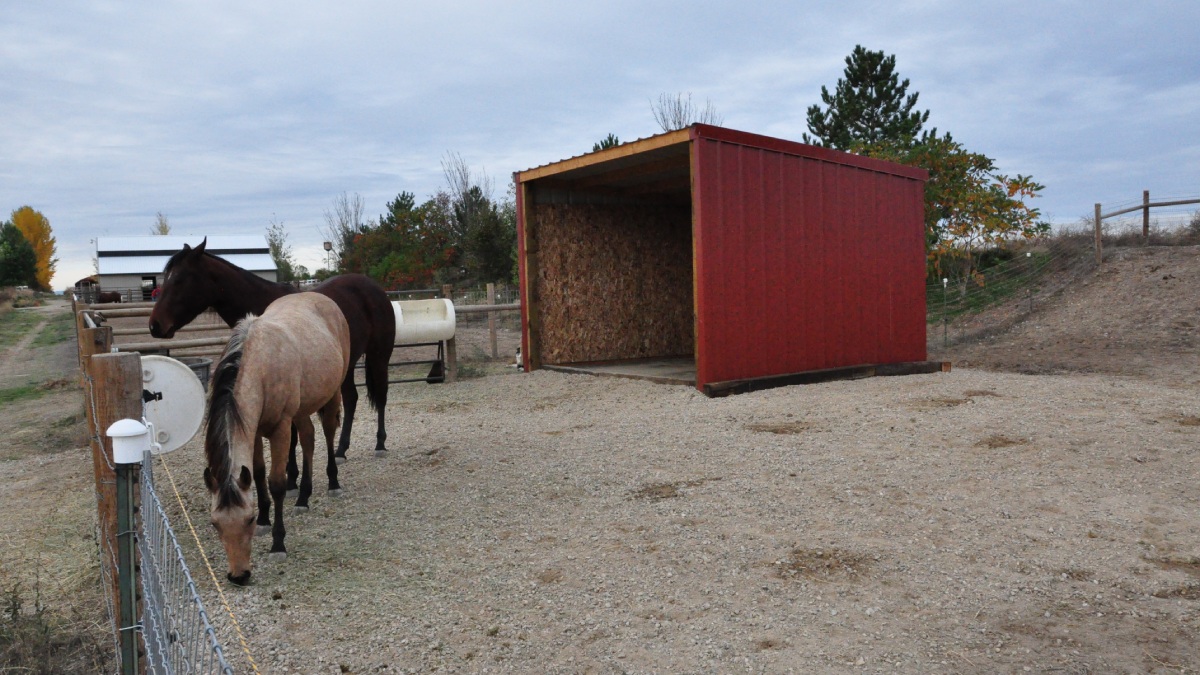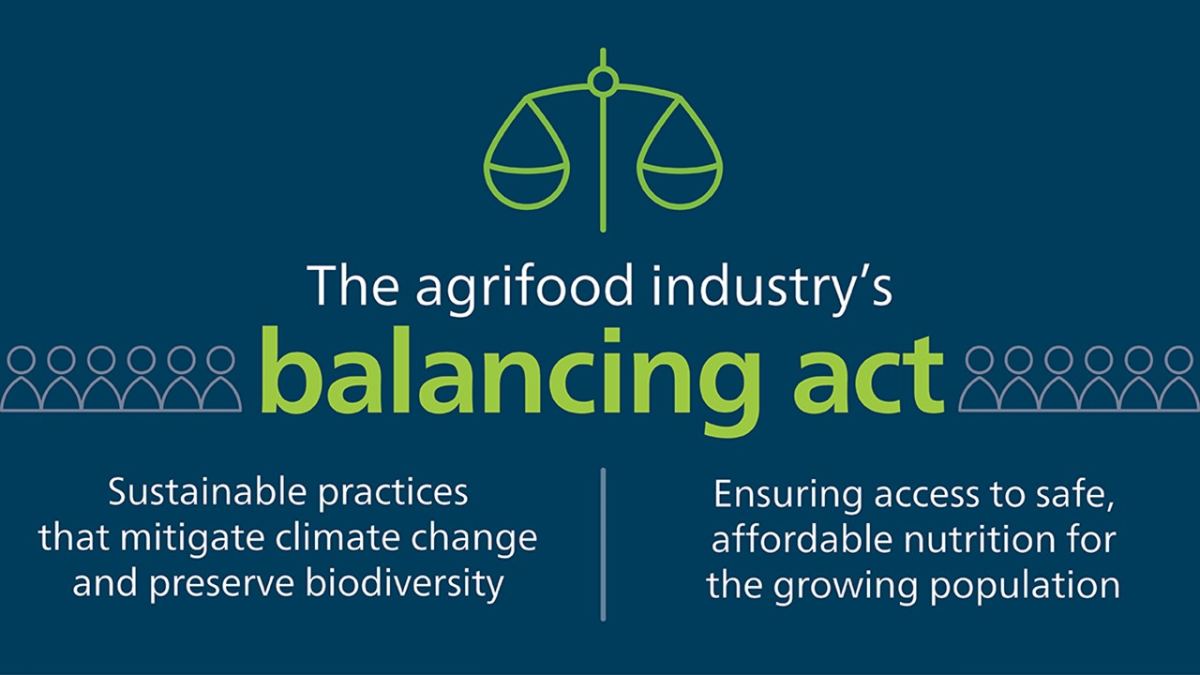Effective aquaculture management starts with the gut
The gut serves many functions that help ensure optimal animal performance, health and immunity. A healthy digestive system is possibly the most vital function of the gut, as the digestive tract facilitates the important process of nutrient breakdown and absorption. Interactions between microorganisms from the environment and those within the gut of the animal can potentially lead to an imbalance in the fish gut microbiome — which, in turn, can negatively impact the normal functioning of the digestive system of the fish.
In addition to facilitating digestion, the gut also serves as a first line of defense against harmful disease. Often, farmed fish tend to be at greater risk for disease than terrestrial species due to the aqueous nature of their habitat, where they are subjected to a wider range of environmental conditions and microorganisms that offer their own unique challenges. Prioritizing aquaculture management practices that focus on fostering a healthy gut will help ensure the production of fish that are robust and high-performing.
Barrier protection and gut wall integrity
The mucosal layer
One of the most common skin conditions amongst humans is eczema or dermatitis. While this issue can be genetic, it is also often triggered when the moisture barrier of a person’s skin is damaged or disrupted due to environmental or dietary factors. Once damaged, the moisture barrier can be very difficult to repair, and as a result, the affected person will experience dryness, itching, redness, swelling, pain and discomfort.
Now, think of fish. The aquatic equivalent of a human’s moisture barrier is the fish’s mucosal coating, which is a layer of mucus covering their skin, gills and guts. This layer plays a primary role in the innate immune response that helps protect animals from disease. If the mucosal layer is not kept intact, opportunistic pathogens can gain access to the animal and disease outbreaks can occur. Poor nutrition, low-quality water and exposure to stress can all lead to the breakdown of the mucosal layer.
Microbial diversity
As previously stated, upsetting the balance of a fish’s microbiome can result in enteritis, poor digestion, and reduced feed intake and conversion. An increased amount and diversity of good bacteria in the gut can enhance the innate immunity of the fish, helping improve performance and supporting an efficient digestive system. Increasing microbial diversity is also well-documented as being associated with an increased resistance to pathogen colonization. Research has shown that Alltech's range of gut health solutions have the ability to influence microbial diversity and promote bacteria phylum that help balance intestinal pH, improve nutrient digestibility and aid in carbohydrate and protein fermentation. The decrease in the dominance of one bacterial group and restoration of the microbial balance is key for optimal aquatic gut health.

Ways to support a healthy gut
Applying targeted nutrition
In light of modern realities like supply-chain disruptions, the unavailability of raw materials and increasing consumer demand for sustainable practices, fish farmers are facing more challenges than ever before when it comes to feeding and nutrition. In the gut, anti-nutritional factors associated with some plant-based raw materials can disrupt the natural microbiome, leading to inflammation and enteritis and potentially resulting in cell death at the microvilli level. This turn of events disrupts mucosal expression, thereby damaging the integrity of the gut. The recent decrease in the use of marine ingredients and increase in the prevalence of and preference for plant-based materials demands a deeper understanding of the nutrient requirements of commercially cultured fish. Offering specialized nutrition can serve as an additional defensive strategy against disease and can help improve overall gut health.
Alltech’s gut health program is built on glycomic research and focuses on yeast-based structures and their prebiotic interactions. These products are proven to be an essential tool in the maintenance of the structural integrity of the gut and in promoting gut health and immunological functions. Aquate® is a gut health solution from Alltech for aquatic species that combines two of their other proven products: Actigen® and Bio-Mos®. In aquaculture, the mode of action and benefits provided by these solutions have been extensively documented via both scientific research and on-farm applications. Including Aquate technologies in the diet of fish can lead to significant improvements in the gut structure, resulting in an increased growth rate and FCR and reduced mortality rates.

Minimizing environmental stressors
Acute and chronic stress brought on by environmental factors usually manifests as marked structural changes in the gut. Stress impacts tissues that are in direct contact with their environment and requires a cascade of defense responses from the animal, which could lead to depletion of micro-nutrient reserves and ultimately cause tissue damage. This turn of events affects the integrity of the skin, gills and guts of the fish, and these issues are especially relevant for fish farmed in marine settings, as these species must ingest large volumes of the surrounding water to maintain an osmotic balance with their environment. Therefore, ensuring optimal water quality is imperative to maintaining a healthy fish gut.
There are many factors to consider when attempting to optimize water quality. For instance, fish cannot regulate their own body temperature, and different species each have an optimal temperature range in which they are most comfortable. As such, water temperature plays a key role in important processes like feed intake, digestion, growth, and responses to stress and infection. Other factors that impact water quality and should be continuously monitored include:
- Dissolved oxygen: Fish take in dissolved oxygen from the water through their gills. Dissolved oxygen is vital for the health, welfare and performance of aquatic animals. As a rule, the oxygen saturation of the water should be kept as high as possible within a culture facility. If it falls below 80%, saturation stress conditions can set in.
- Acidity and alkalinity (pH): CO2 from fish excretion in the culture system leads to the formation of a weak acid and can impact the pH level of the water. The acceptable pH range for most species is normally between 6.5 and 7.5, although some species do well at pH levels as low as 5.5.
- Gas bubble trauma: This occurs when the blood of the fish becomes supersaturated with gas (i.e., nitrogen). This issue is often correlated with the system design. As such, it is important to measure the total gas pressure (TGP) of the water. If the value is too high, degassing the water is essential.
Other things to monitor and test for when assessing water conditions include nitrite and nitrate, CO2 and ammonia (NH3) levels, particularly in recirculation aquaculture systems (RAS). The presence of these elements in sub-optimal amounts can create conditions that are detrimental to the health of fish stocks.
Keeping the balance
Ensuring optimal health in aquaculture production starts from within; however, we must remember that what is happening on the inside is often a reflection of what is going on outside, and vice versa. Therefore, the key to a healthy gut is maintaining balance. This means fostering a healthy fish microbiome by maintaining gut integrity and structure. It also means keeping a balance between the animal’s environment and nutrition and the challenges associated with the pathogens that may be present in their environment.
If you want to learn more about the importance of gut health in aquatic species, you may be interested in reading “Inside/Out: The Essential Guide to the Skin, Gills and Guts of Fish,” written by John Sweetman, international project manager for aquaculture at Alltech, and Gijs Rutjes, technical support manager at Alltech Coppens. “Inside/Out” is an educational tool for fish farmers, feed millers and anyone interested in aquaculture. The book is designed to offer user-friendly insights into how these tissues work, allowing producers to make informed decisions that will encourage optimal performance in their fish.

Farmed fish tend to be at greater risk for disease than terrestrial species due to the aqueous nature of their habitat.















































